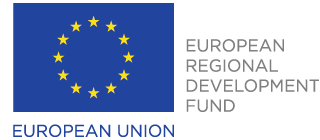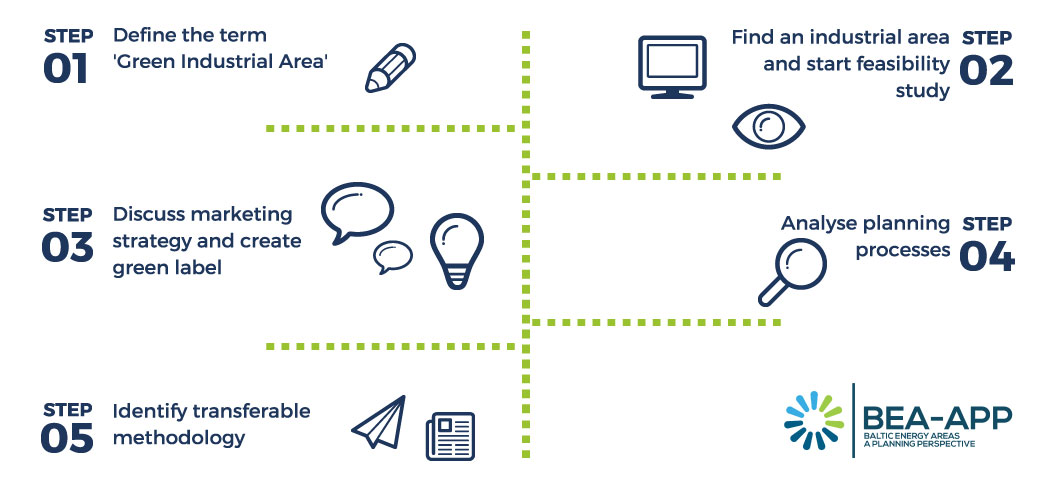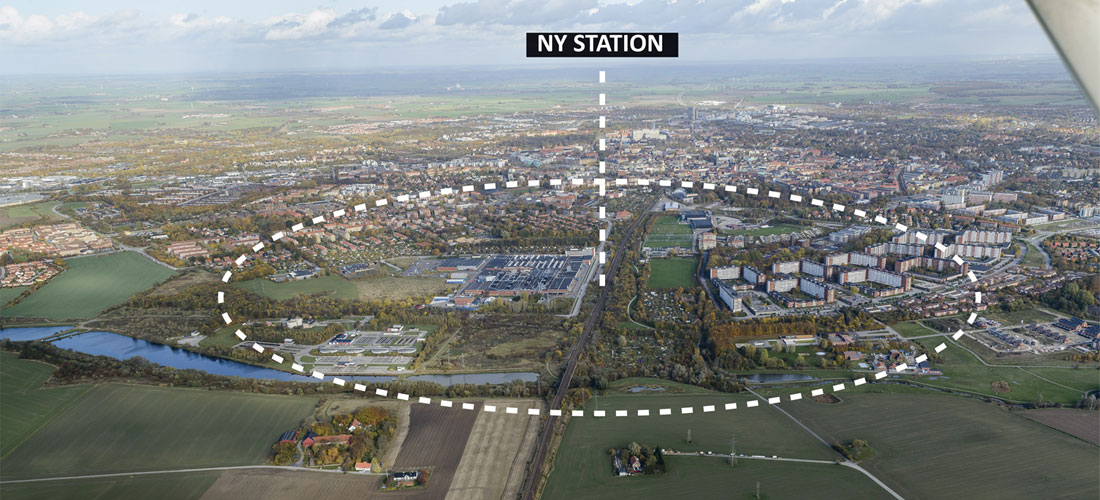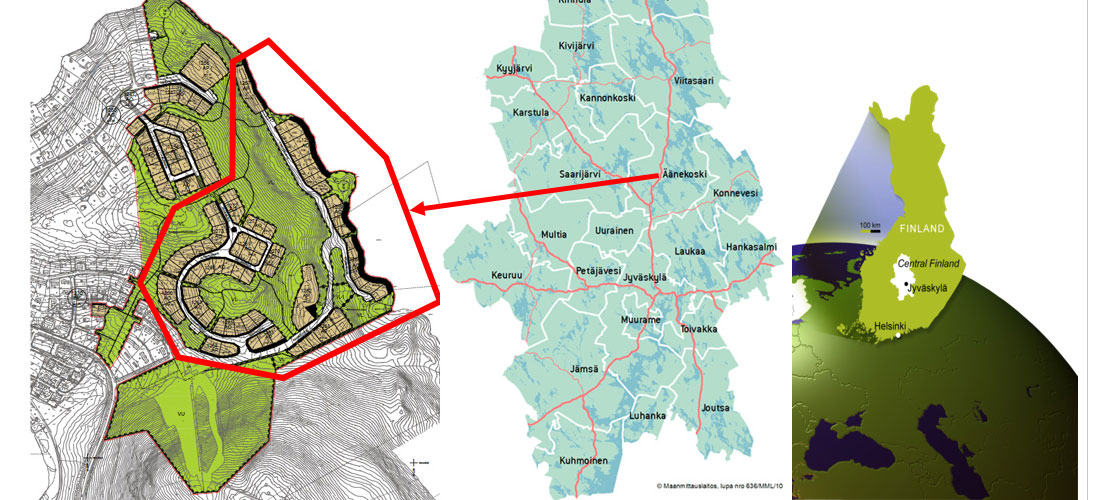Blekinge, Sweden
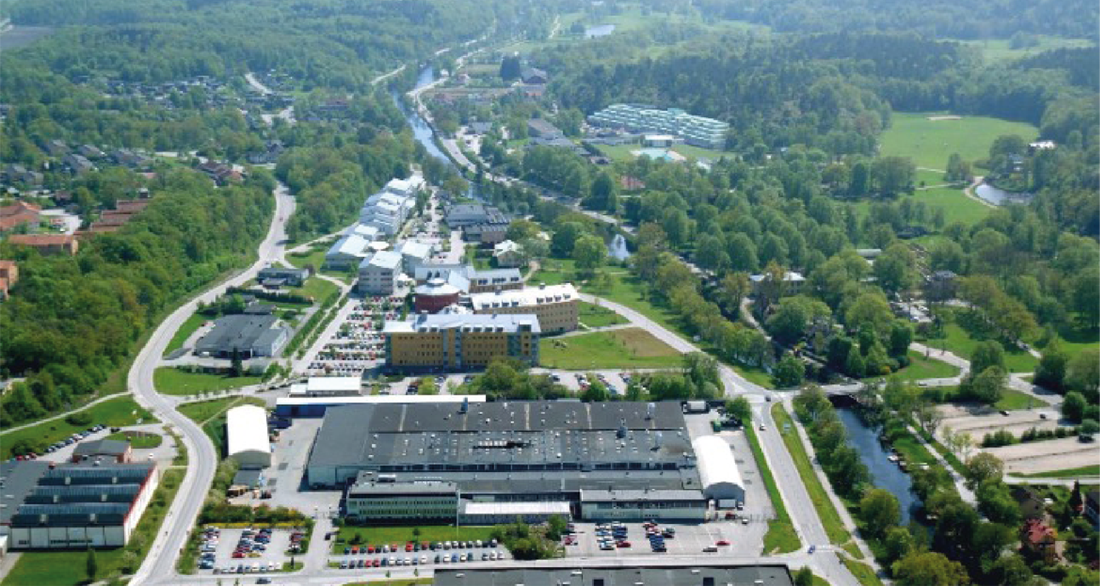
Two regional pilot cases will be implemented in the Swedish region Blekinge in the framework of the BEA- APP project. The photo is connected to the district heating case (Photo: Alfa Laval).
In 2013, Blekinge adopted an ambitious climate and energy strategy, which ran from 2013 to 2016 and looked towards 2020. In 2010, 62% of all energy in the county came from renewable sources. By 2020, 80% of energy supply will come from RES and greenhouse gases will be reduced by 50% and energy consumption with 20% compared to 1990.
Offshore wind case
Background
In a place called “Taggen” just off the coast of Blekinge, there are plans to establish an offshore wind farm. This will have a positive effect on local society, business and the labor market, and could also have an impact on the local and regional planning.
Objectives
In this pilot, the Swedish Energy Agency for Southeast Sweden has conducted a preparatory study to identify how the construction of offshore wind power plants will affect the municipalities and the labour market in Blekinge. The study contains information about the effects of "Taggen" and whether it will be large enough to be included in local and regional planning. The study also considers general effects on spatial planning criteria and instruments that govern sustainable renewable energy growth in the area. The study has been conducted in cooperation with Blekinge Municipality, Blekinge Climate Cooperation and Blekinge County Administrative Board.
Implementation
The pilot has been implemented as follows:
- Drafting terms of references, information gathering, and stakeholder consultations on the offshore wind power case in “Taggen”;
- Dialogue meetings with stakeholders with feedback sessions. Ongoing dialogue;
- Regional activity and exchange with project partners to include general and relevant effects on spatial planning criteria and instruments that steer the sustainable growth of RE in the region;
- A report written for the municipality of Sölvesborg as part of the prepatory study (in Swedish);
- A preparatory study, written in order to identify what the planned activities imply for the local and regional planning in different areas e.g. land use, transports, public services, and the labour market. The study was carried out by the Energy Agency for Southeast Sweden;
- The Energy Agency for Southeast Sweden have presented the report.
This study can be used as a municipal follow-up for future establishment of an offshore wind farm at Taggen. Thus, the study increases current knowledge on the local social and environment impacts and whether establishing a windfarm will be part of a local or regional planning. It also highlights the opportunities for regional and local business, and the importance of an active business community during negotiations around major contracts. The methods used can, if desired, be spread and be reused in future development in renewable energy. The Energy Agency for Southeast Sweden will disseminate result such as lessons learned to other regions and municipalities.
District heating case
Located at the Ronneby River between the Baltic coast and European road E22, the municipality of Ronneby can be traced back to around 700 CE. The specific area around Alfa Laval (source of residual heat) is an industrial area. The neighbouring district heating company is situated relatively close to the city center, the railway station and Brunnsparken.
Objectives
A study of industrial surplus energy indicates that the manufacturing industry has significant surplus energy that could potentially be utilized in the district heating system. So far, it has not been possible to connect the waterborne waste heat to the district heating network. The plan is to connect the district heating to the large district heating network. In the work we have done, we have found that heat recovery from the industrial furnace is possible for the district heating network. There is a high energy potential, which corresponds to an annual heating of about 500 homes. Still, we have tried to find possible solutions to recover heat without having to buy additional electricity. Finding a solution for recycling without having to buy large amounts of electricity requires an in-depth investigation.
As the report shows, a district heating project can be highly complex and uncertain, as in this pilot case, when the initiative was put on hold as the manufacturing industry had to devote all its focus on its core business. This will be especially problematic if the initiative comes from the municipality in order to use as much residual heat as possible in the society.
Implementation
The pilot has been implemented as follows:
- Drafting terms of references, information gathering, and stakeholder consultations for the DH-company, the manufacturing industry and the municipality;
- Dialogue meetings with stakeholders, the university to get feedback incl. technical solutions;
- Delivery of study;
- Presentation of study (still to be planned);
- Support to initiate measures;
- Reporting and lessons learnt.
The three feasibility studies will investigate bottlenecks and barriers for better spatial planning process and public involvement in all stages of planning DH systems based on locally available renewable energy sources and industrial surplus energy. The studies will also describe the technical and planning pre-requisites. The process will bring together stakeholders and provide lessons learned on how various stakeholders can cooperate in the various stages of this type of planning.

